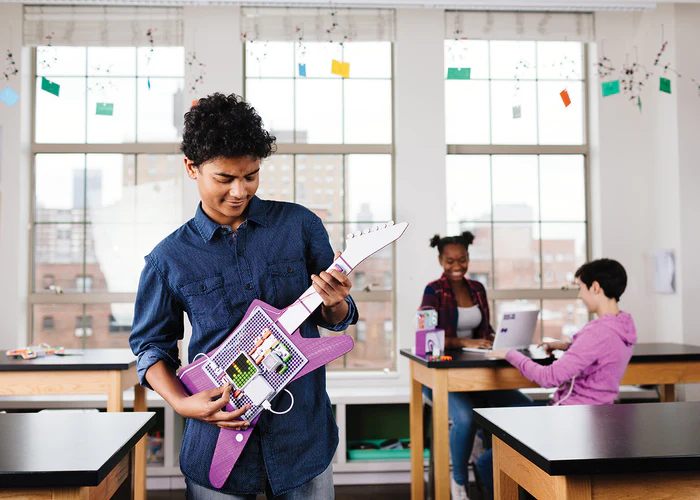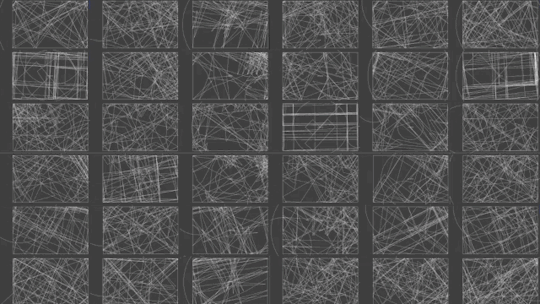sketchfunction setup() {
createCanvas(480, 640);
background(255);
text("p5.js vers 0.9.0 test.", 10, 15);
}
//humans in current form
function draw() {
background(99, 197, 218);
strokeWeight(3)
fill(78, 53, 36, [255])
ellipse(360, 240, 60, 80) //ear right
fill(78, 53, 36, [255])
ellipse(100, 240, 60, 80) //ear left
fill(121, 92, 52, [255])
ellipse(230, 270, 280, 320) //head
fill(255, 255, 255, [255])
ellipse(180, 220, 80, 64) //eye left
fill(255, 255, 255, [255])
ellipse(280, 220, 80, 64) //eye right
fill(78, 53, 36, [255])
ellipse(180, 200, 20, 20) //pupil left
fill(78, 53, 36, [255])
ellipse(280, 200, 20, 20) //pupil right
fill(131, 92, 52, [255])
triangle(230, 250, 200, 320, 260, 320) //nose
fill(184, 63, 63, [255])
arc(220, 260, 400, 200, 1, 2, 2) //mouth
fill(0, 0, 0, [255])
triangle(230, 60, 127, 160, 333, 160) //mohawk
fill(255, 255, 255, [255])
ellipse(378, 259, 7, 7) //pupil right
//monkey (humans pre-evolutionary form)
if (mouseIsPressed) {
earValue1 = random(40,90)
earValue2 = random(50,100)
eyeValue1 = random(20,100)
eyeValue2 = random(40,80)
pupilValue1= random(10,20)
pupulValue2 = random(5,30)
toungeValue = random(40,120)
background(150, 255, 150);
strokeWeight(0)
fill(78, 53, 36, [255])
ellipse(360, 260, earValue1, 80) //ear right
fill(78, 53, 36, [255])
ellipse(100, 200, 60, earValue2) //ear left
fill(121, 92, 52, [255])
ellipse(230, 270, 280, 320) //head
fill(255, 255, 255, [255])
ellipse(180, 200, 100, eyeValue1) //eye left
fill(255, 255, 255, [255])
ellipse(280, 200, eyeValue2, 38) //eye right
fill(78, 53, 36, [255])
ellipse(180, 200, pupilValue1, pupulValue2) //pupil left
fill(78, 53, 36, [255])
ellipse(280, 200, pupulValue2, pupilValue1) //pupil right
fill(131, 92, 52, [255])
triangle(240, 230, 200, 300, 260, 310) //nose
fill(184, 63, 63, [255])
ellipse(194, 402, 64, 100) // tounge
fill(184, 63, 63, [255])
arc(230, 320, 200, 100, 1, 3, 4) //mouth
}
}
![[OLD SEMESTER] 15-104 • Introduction to Computing for Creative Practice](https://courses.ideate.cmu.edu/15-104/f2022/wp-content/uploads/2023/09/stop-banner.png)




